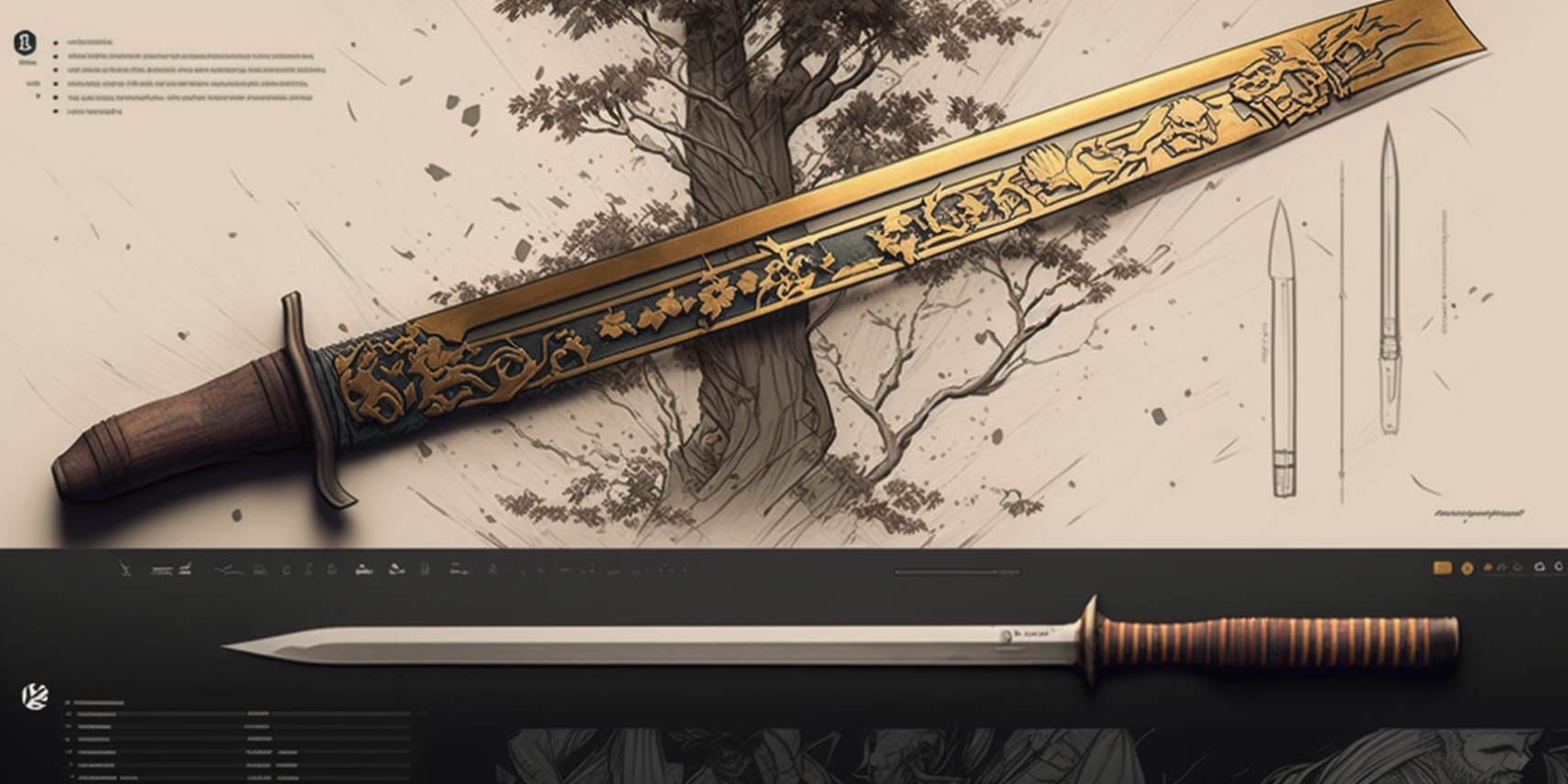What Are the Taboos of Japanese Samurai Swords?

The Japanese samurai swords are very handsome. The three consecutive slashes in the wind can cut the target into four sections in an instant. Isn’t it very handsome? But do you know what are the taboos of the Japanese samurai swords? Let's share the taboos of Japanese samurai swords, let's take a look.
Ⅰ. Taboo introduction of samurai swords

1. Touch the blade with your fingers, human fat is difficult to remove, and rust will also occur.
2. Talking endlessly with a knife in hand. Holding a knife in your hand and talking non-stop, the spittle may fly onto the knife—this is one reason for the rust on the blade. When some samurai in the historical drama hold a knife in their hand, they have a huai paper in their mouth. Although this is considered impractical, some people do have such a habit that it really has the meaning of this aspect, and they always have pocket paper when appreciating knives.
3. Point the blade at people, never do it even when you are joking! When handing the knife to someone else, stand up, turn the knife around with the hilt forward, and hand it to the other party, let the other party hold the black and white katana by themselves, and let the other party hold the knife tightly before letting go.
Ⅱ. Wearing and placement of samurai swords

When placing the knife, the handle of the knife should be turned to the left. This is the so-called peaceful placement without hostility to the guests. Note that the handle to the left mentioned here does not mean that the head of the rafter points to the left, but refers to placing the blade toward itself. If you want to quickly pull out a knife held in this way, you have to flip the samurai swords over. In short, it is impossible for ordinary people to pull out their knives in this way. Isn't it enough to hold the scabbard with the right hand and draw the knife with the left hand? However, samurai are professional soldiers, so they are strictly prohibited by law. Therefore, it is stipulated that the sword should be inserted on the left side and drawn out with the right hand.
The samurai walk on the left side. When the samurai cross each other, the scabbard is inserted on the left side, so they may bump into each other in narrow places. Some people's fiery tempers could lead to a fight. This is the origin of the word "sheathing". In this case, if the sword is drawn with the right hand, the scabbard should face to the left in advance.
Also, when visiting someone's house, I remove the sword from my belt with my right hand at the entrance, and carry it into the house like this. If it is crowded when going up the stairs, the scabbard will hit other people, and there is no way. After entering the living room, put the knife on the right side of the body, with the hilt facing forward, the blade of the samurai swords facing you, and the blade is approximately parallel to the knee. One is that there is no hostility, and the other is for defense. Try to put the knife as close as possible to yourself—if there is an emergency, press the knife with your knees, pull the scabbard from the back of your body, and then quickly move to the right Turn your body sideways and take the knife in your hand to fight.
During the Tokugawa Shogunate period, the rule over the samurai was quite strict. On TV, when the samurai went to Edo Castle to meet, they wore the culottes with long backs to prevent the samurai from running fast.






